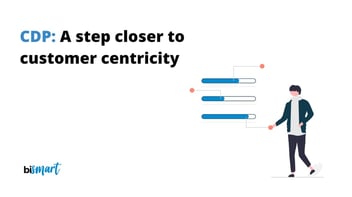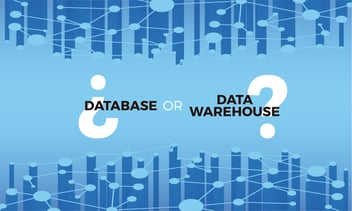There are still many companies that don't use their data. One of the reasons for that may be that they don't have a data driven culture within the company.
Today all companies, regardless of size, have data. Some are using them to extract valuable information that allows them to know better the state of their organization, the relationship with their customers, the operation of production chains and improve decision making minimizing risks and optimizing processes. However, there are still many companies that are not taking full advantage of their data. Perhaps it's not that these companies don't know the value business intelligence can bring, but that they don't have a data culture within the organization, making it difficult to implement data analysis technologies.

In order to make good use of the available data it is not enough to know that they are there and to appreciate their potential value, but rather that the company must use them to be able to make informed decisions about the business and business processes. In other words, it is necessary to know how to interpret what the data says.
These innovative companies use data to predict, which provides a basis for decision making. In other words, the data prepares the company for the future. To achieve this, people in the enterprise must be data literate so that they can be part of the decision making at all scales and so that they can use the data to discover new opportunities.
To foster knowledge of the data, the organization must implement a work culture that encourages its use and supports fact-based decision making. In addition, it should foster curiosity and critical thinking in general and in relation to data in particular. To achieve this, the company needs the right technology and the right people.
There are many ways to foster a data culture in the organization. In our guide we talk about 5 of the most relevant.
The data facilitates work, supports decision making and offers new opportunities through trend detection. To include the team in this innovation, approach it from a data-driven perspective, so that all members perceive its impact and see the advantages that a change in business culture can bring.


